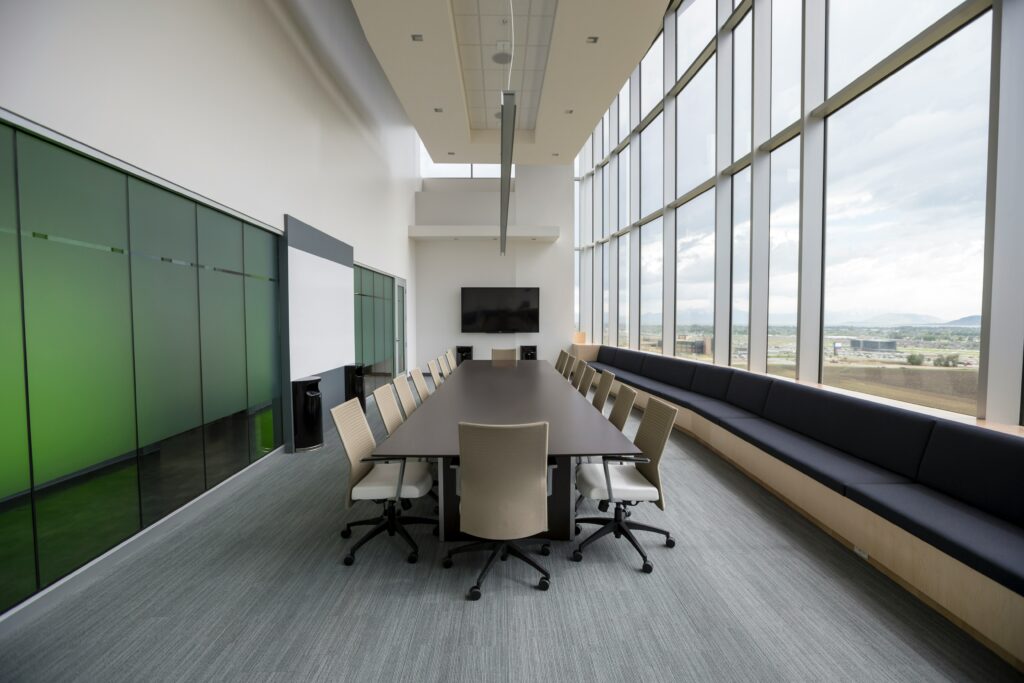Once public health researchers realized that airborne transmission was a major factor driving the COVID-19 pandemic, many facility managers realized they needed to focus on indoor air quality when building or improving HVAC systems. They also explored how the chosen solutions could work with existing automation systems, resulting in cleaner, healthier air with less effort.
Now that most areas of the world have ceased their pandemic mitigation efforts, an emphasis remains on keeping indoor air as healthy to breathe as possible. How can new strategies contribute to that worthy goal?
Researchers Unveil a 7-Step Plan
What have people learned from the COVID-19 pandemic that they can apply to achieve indoor air quality improvements? Researchers from several universities recently collaborated to develop seven suggestions. They recommend:
- Allowing interdisciplinary knowledge to inform public health decision-making.
- Including mechanical — rather than only natural — ventilation options in strategies.
- Counting sufficient ventilation among the key criteria for well-designed buildings.
- Adding air filtration and germicidal ultraviolet radiation to naturally ventilated structures.
- Applying risk analysis strategies to assess probabilities of airborne infections.
- Using ventilation performance monitors and making dynamic adjustments as necessary.
- Mandating air quality requirements for public buildings.
The team clarified that adequate ventilation lowers airborne infection transmission and is a necessary control measure for safeguarding indoor air quality from the effects of outdoor-generated pollutants.
Professionals overseeing building automation technologies should review this advice to get inspiration for how they could make positive and measurable changes in their facilities. The actions taken will depend on a building’s age and use, as well as associated budgets and timelines.
Forward-Thinking Executives Launch New Air Quality Service
Many facilities managers and other professionals may be fully aware of the urgent need to improve indoor air quality but need guidance on how to proceed. They would likely also appreciate if there were offerings that allowed them to pay predetermined rates to benefit from specific enhancements.
For example, people can buy software, industrial equipment and robots through the as-a-service model. Why not provide the same for those wanting technologies that improve the air? That was the new business model pursued by a ventilation and consultancy provider. By using its Fresh Air as a Service plan, customers could gather and analyze real-time data, using it to make smarter decisions about indoor air quality.
The associated platform also includes machine learning algorithms that show links between air quality and system controls and instruct operators on which settings to tweak to get the desired results. Since maintenance also plays an important role in indoor air quality readings, the technology can alert people when it is time to change filters in their buildings.
Changing air filters may seem like a relatively minor step, but experts say it should happen several times a year to maintain effectiveness and cleanliness. Dirty filters can cause systems to work too hard, meaning their components wear out sooner than expected. HEPA filters can trap 99.97% of airborne particulate matter, but users must follow manufacturers’ directions to keep them working well.
Whether people use this Fresh Air as a Service model, it is often extremely helpful for them to have all relevant data fed into a dedicated interface. Then, they can monitor trends and see how different characteristics change over time.
Scientists Turn Lampshades Into Air Purifiers
Many people interested in indoor air quality improvements hope engineers and other relevant parties will make innovative air-quality enhancers that do their jobs without requiring extensive building changes or bulky equipment. If air filters blend naturally into the surrounding indoor environment, office managers may be more likely to use them.
One example of a particularly creative approach comes from a team that built catalyst-coated lampshades that work with incandescent and halogen bulbs. They plan to expand the technology soon, so it will also work with LED light sources.
More specifically, the group focused its work on indoor air pollutants caused by volatile organic compounds. They clarified that although people’s overall exposure in homes and offices features low concentrations of VOCs, they comprise the majority of indoor air quality contaminants. Additionally, the researchers said people spend more than 90% of the time inside, so the pollutant exposure builds up over time. Additionally, VOCs come from a wide variety of sources that people may not initially think of as contaminants, including air fresheners and plastics.
The specialized shades work because of the heat naturally emitted from the bulb during operation. They include iron or copper-based catalysts, and evidence suggests the latter type could kill airborne microorganisms extra effectively. In that case, buildings equipped with these high-tech lighting accessories could be exceptionally well-prepared for flu season or other contagious illnesses that could cause workplace absences.
People Keep an Open Mind About Indoor Air Quality
These examples show that many individuals think outside the box about achieving their indoor air quality goals. These fascinating efforts do not mean people should stop using older, proven strategies, but they should stay aware of newer possibilities and explore how they might use them in current or future buildings.
Getting feedback from occupants is also an excellent way to find out what is working well and which attempts need further tweaking. Those exposed to indoor air quality in their workplaces or other locations where they spend significant time will likely have useful feedback that could shape additional progress.



